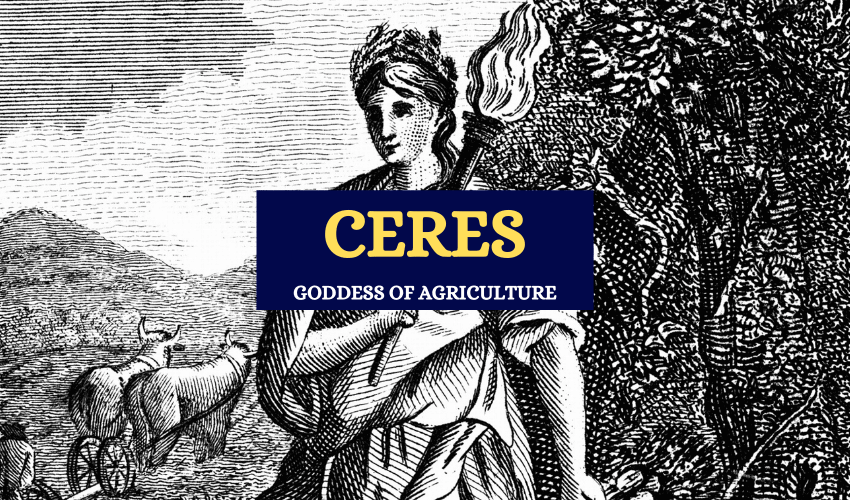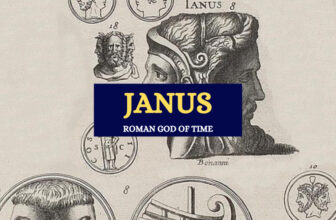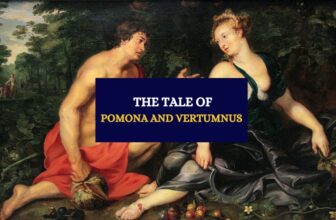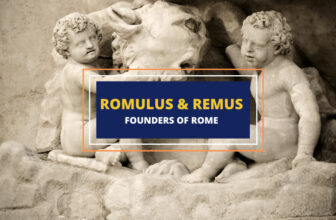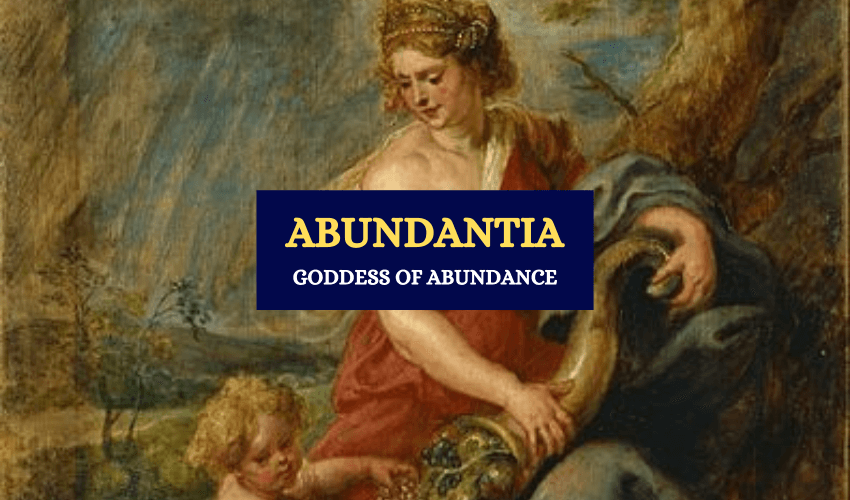
Table of Contents
In Roman religion, Abundantia was the personification of prosperity and abundance. She was a beautiful goddess who was known for bringing grain and money in a cornucopia to the mortals as they slept. Let’s take a closer look at the goddess and the role she played in Roman mythology.
Who Was Abundantia?
Abundantia’s parentage is unknown as there are hardly any records about the goddess. What is known is that she presided over the flow of money, valuables, fortune, prosperity and success. Her name was derived from the word ‘abundantis’ which means riches or plenty in Latin.
Abundantia was almost always depicted with a cornucopia over her shoulder. The cornucopia, also known as the ‘horn of plenty’, is a symbol closely associated with the goddess and signifies what she stands for: abundance and prosperity. Sometimes her cornucopia contains fruit but at other times it carries gold coins, which magically spill out of it.
Some sources say that Abundantia was a vision of exceptional beauty and purity. Just like she was beautiful on the outside, she was also beautiful on the inside. She was a lovely, patient and kind goddess who took pleasure in helping people and was very generous with her gifts.
In Greece, Abundantia was identified with Eirene, the goddess of wealth and prosperity. She was also often identified with the Gallic goddess of prosperity, known as Rosmerta. The goddess was also popular among gamblers who called her ‘Lady Fortune’ or ‘Lady Luck’.
Abundantia’s Role in Roman Mythology
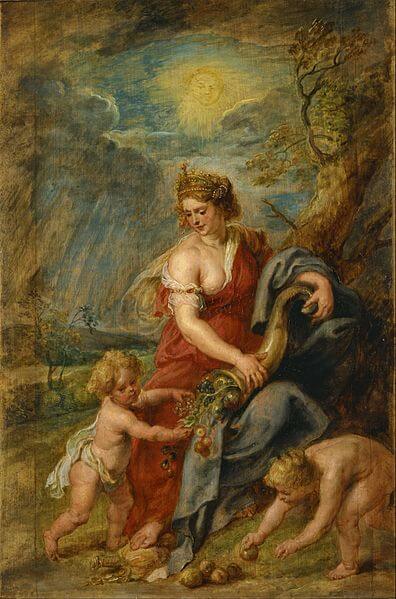
The Romans believed that their deities took control of everything that went on in their lives and, just like in Greek mythology, every task and occupation had a Roman god or goddess presiding over it.
Abundantia’s role was to help mortals with everything related to money and financial success. She would help people to make major purchases, influencing and guiding them to protect their investments and savings and to wisely handle their finances.
The goddess also had the power to remove all the concerns and worries that people had about money. This was useful since she helped eliminate negativity in their lives due to financial worries. In this way, she not only brought them wealth and prosperity, but she also brought them success and good fortune. Her cornucopia was said to be filled with coins and grain which she would occasionally leave at people’s doorsteps as a little gift.
Abundantia and the Cornucopia
According to Ovid, the Augustan poet, Abundantia featured in the myth of the river god Achelous. The legendary Greek hero, Heracles, had defeated Achelous by ripping off one of his horns. The Naiads, who were nymphs in Greek mythology, took the horn and turned it into a Cornucopia and gifted it to Abundantia to use. This is only one version of the Cornucopia’s origin but there are many other myths that provide various explanations.
In some accounts, the Cornucopia was said to be a horn of Amaltheia, the mystical she-goat which Jupiter, the god of the sky, broke off by accient. To comfort Amaltheia, Jupiter caused it to keep refilling itself with food and drink. Later, the horn went into the hands of Abundantia but how it happened isn’t exactly clear. Some say that Jupiter gifted it to her to use.
Abudantia’s Worship
As a minor goddess, there were very few temples that were specifically dedicated to Abundantia. The Romans worshipped her by making offerings and praying to her. Their offerings included milk, honey, gruit, flowers, grain and wine and they also sacrificed birds and animals in her name.
In Roman religion, the gender of the sacrificed animal was supposed to correspond to the gender of the deity to whom the animal was being offered. Because of this, sacrifices that were made to Abundantia were a cow, heifer, female bird, sow or a white ewe.
Abundantia’s Depictions
The goddess of abundance and prosperity was depicted on Roman coins that were issued in the 3rd century CE. On the coins, she’s portrayed seated on a chair with her famous symbols, the Cornucopia, which she holds or tips over slightly to make the riches pour out. She’s sometimes depicted on coins with ears of wheat and at other times, she stands on a ship’s prow, representing the Roman Empire’s overseas conquests.
In Brief
Abundantia was a minor goddess in Roman mythology, but she was one of the most loved deities of the Roman pantheon. The Ancient Romans revered her because they believed she eased their worries and helped them in their times of financial difficulty.

